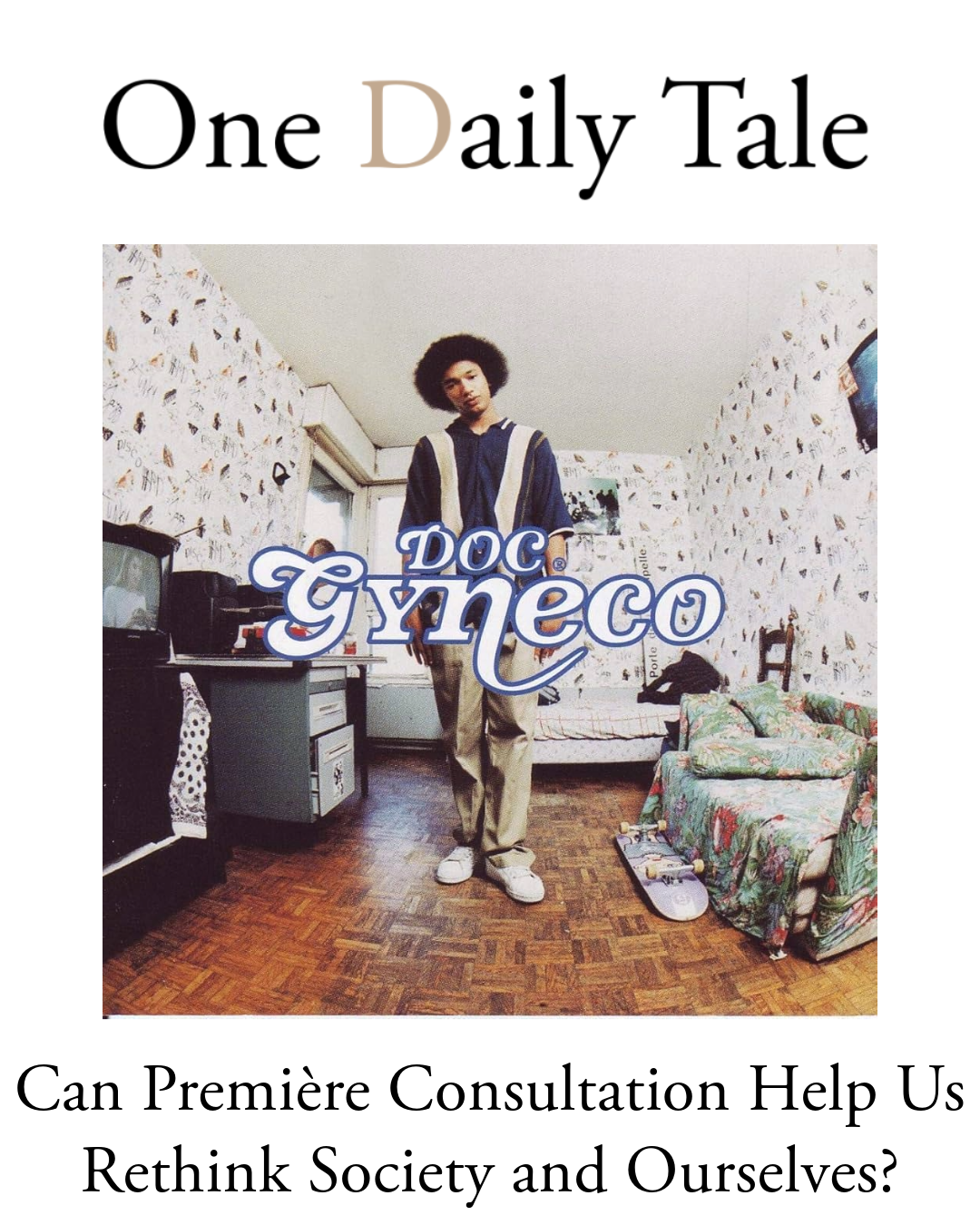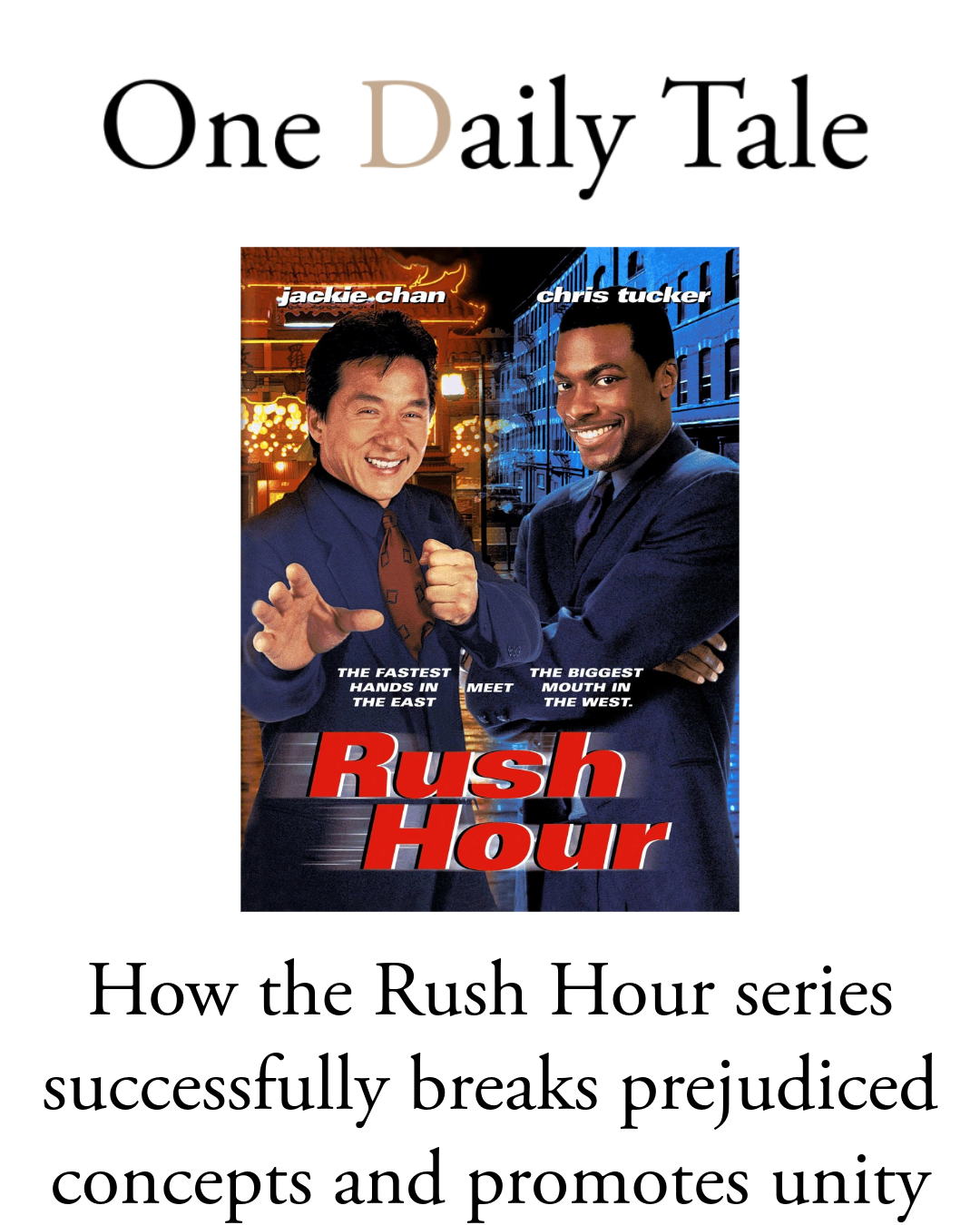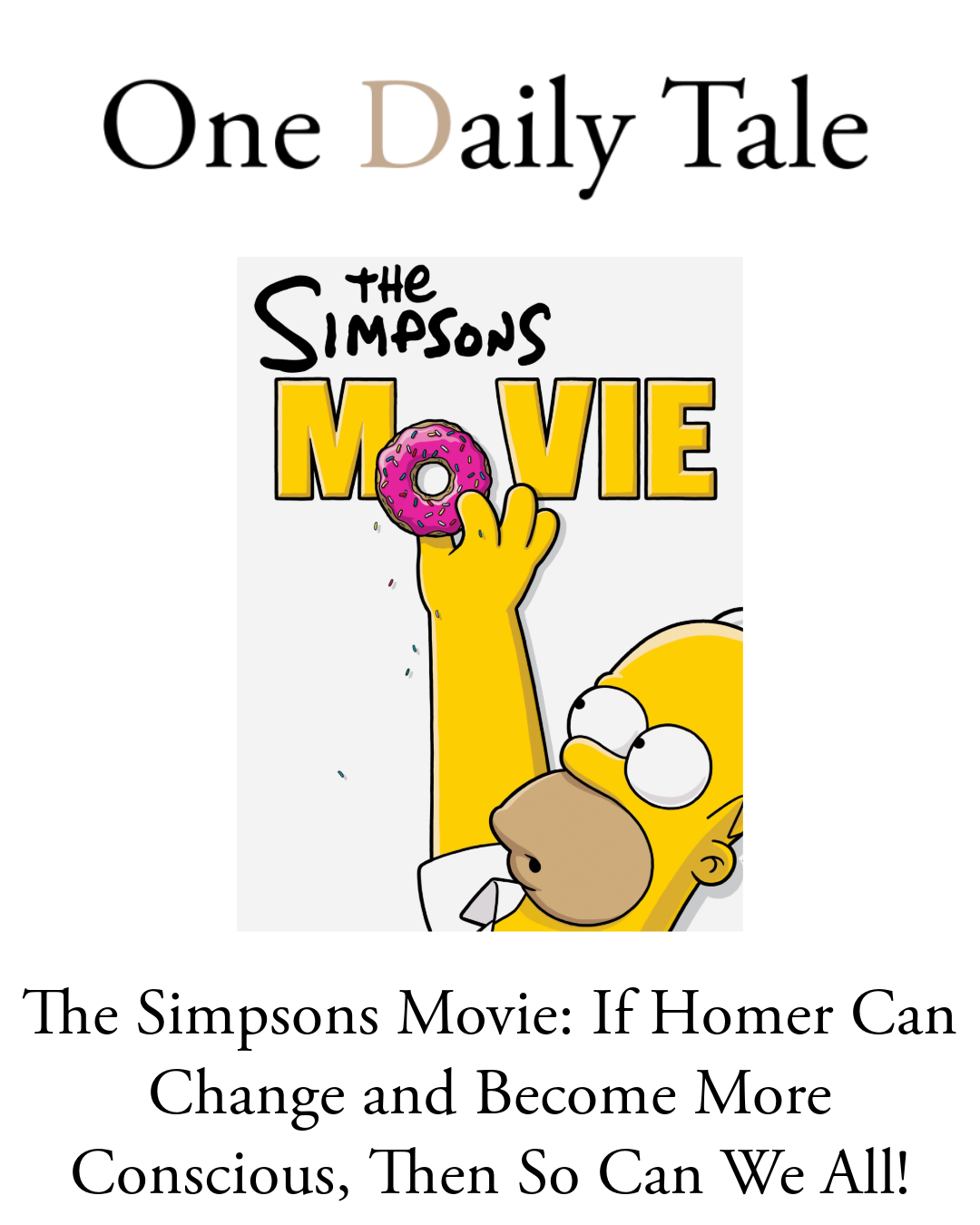How does Dans ma rue reflect urban struggles and societal neglect?
Doc Gyneco’s debut album, Première Consultation, released in 1996, remains an iconic piece of French hip-hop history. I first listened to it during my middle school years, drawn in by its groove and thought-provoking lyrics. While Doc Gyneco himself has sparked controversy over the years, this album stands as a remarkable work of art. Among the tracks that left a lasting impression on me, Né ici (Born Here), Dans ma rue (In My Street), and Nirvana stand out as particularly powerful.
Dans ma rue paints a touching yet stark portrait of the artist’s neighborhood in the 18th district of Paris, near Porte de la Chapelle. The song conveys both love and empathy for a place often reduced to stereotypes of delinquency, violence, and insecurity. Paris, like many major cities, has long struggled with the realities of its suburbs—spaces that, while rich in culture, are also sites of systemic neglect. Many hip-hop artists emerge from these marginalized areas, their music serving as both an outlet and a form of resistance against an indifferent system. While solutions exist, their implementation remains elusive. As long as immigration continues to be scapegoated as the root problem, and as long as corruption dominates political and economic spheres, this vicious cycle will persist, deepening societal fractures.
Can we escape the emptiness described in Nirvana?
Nirvana explores the profound emptiness that can consume a person’s existence, leading some to seek solace in destructive escapes like drugs or even suicide. The song raises a hauntingly relevant question: Are we truly living, or merely existing? In an era where distractions and superficial engagements often take precedence over deeper self-awareness, many people drift through life oblivious to the world around them. Yet, there is hope. By fostering better habits for our minds—through education, mindfulness, and community engagement—we can begin to break free from the cycles of despair and disconnection that plague modern society.
How does Né ici challenge our perception of identity and belonging?
Né ici resonates deeply, even though I never personally wished to live on the island where my parents were born due to the complex family dynamics I encountered there. The song highlights the stark contrast between life in Paris’ impoverished districts and the idyllic, sun-soaked island of Guadeloupe, where Doc Gyneco’s roots lie. It underscores a universal theme: the tension between two worlds, between cultural heritage and the harsh realities of urban existence. Exposure to different cultures broadens our perspectives, fostering empathy and deeper understanding. True awareness comes not from clinging to a single viewpoint but from embracing multiple narratives, allowing us to see beyond the confines of our immediate surroundings.
Has anything really changed since Première Consultation was released?
Listening to this album again while writing this reflection, I found myself effortlessly singing along to lyrics I memorized nearly 30 years ago. This is not only a testament to the album’s quality but also a sobering reminder that the social issues it highlights remain unresolved. Despite decades passing, the themes of disillusionment, systemic neglect, and identity struggles still resonate just as strongly today.
What about you? Do you think music can still be a catalyst for social change, or has its impact faded in our modern, hyperconnected world? Share your thoughts in the comments!










Leave a Reply